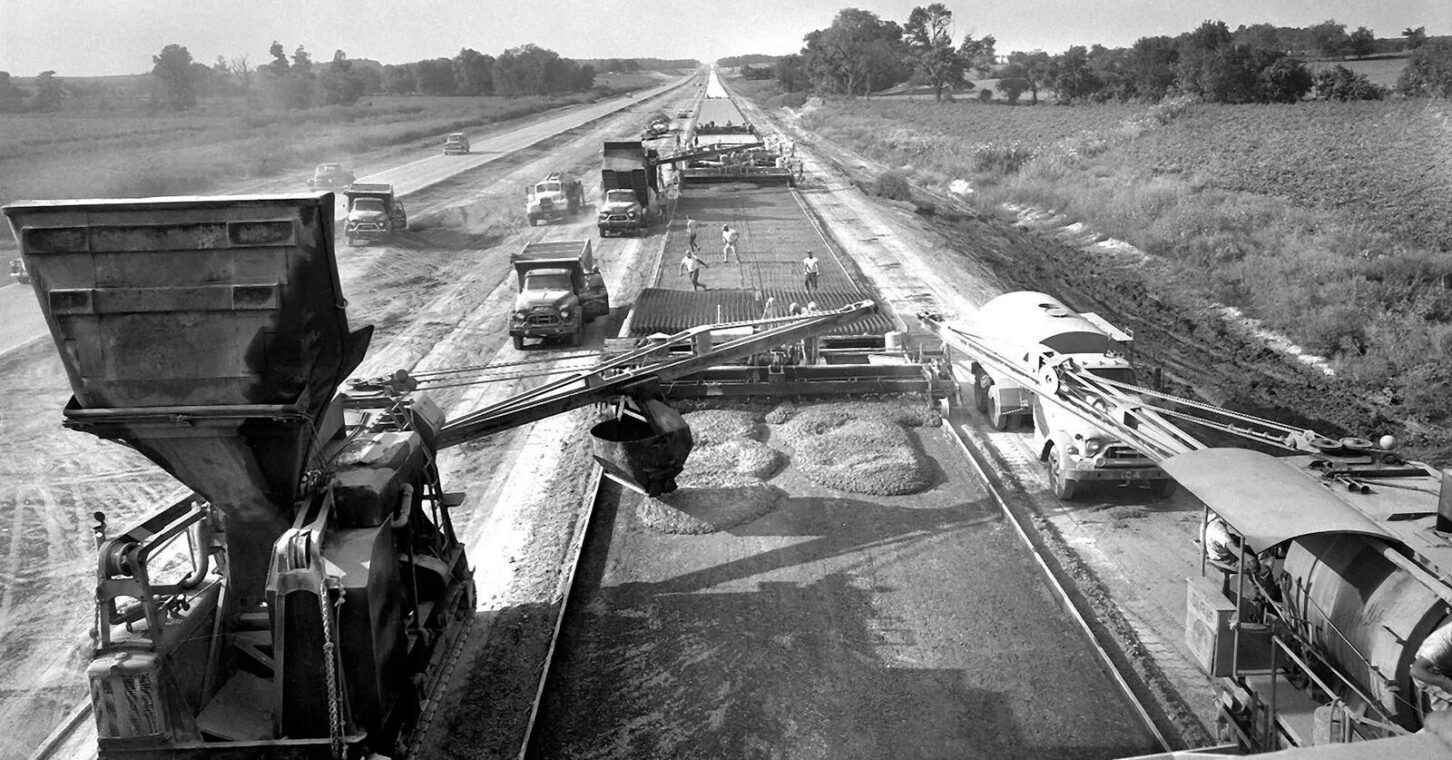
When one of our sons was a preschooler, my wife dutifully signed him up for swimming lessons. He soon joined the long tradition of kids really not wanting to take swimming lessons.
Like many kids, his struggle was as much psychological as physical. His eventual breakthrough seemed connected to a mantra his teacher preached to her students: “I can do hard things.”
A lot of adults are going to have to tell ourselves that often in the years to come. We, too, must get back to doing hard things.
Americans, and Georgians in particular, need to get back to building. Building what, you ask? Pretty much everything.
For starters, we don’t build nearly as many homes as we used to. The peak in Georgia homebuilding – across all types – came in 2005 with more than 109,000 new housing units. Since the Great Recession, we haven’t come close to that number; our best showing was 2022, with about 77,000 new units. The number fell last year, and the pace through June of this year wasn’t much better. By the way, Georgia has added about 2 million people since 2005.
That’s our housing affordability problem in a nutshell.
Housing isn’t the only issue. Vastly underappreciated was Georgia Power’s announcement last October that it was updating its projection of the state’s future electricity needs. As recently as 2022, Georgia Power said it expected demand for its electricity to grow by 400 megawatts by 2031. Last year it updated that projection more than 16-fold – to 6,600 megawatts.
To put that in perspective, all four nuclear reactors at Plant Vogtle – the two that came online within the last year, plus the two dating to the 1980s – have a combined capacity of about 4,600 megawatts.
Recall, as well, the persistent stories of busted pipes and burst water mains in Atlanta and other jurisdictions. Some of this infrastructure is at least a century old.
Consider also that while billions of dollars have been spent expanding interstates in Georgia or adding much-needed express lanes, the last new interstate built in Georgia was I-675, which dates back to 1987. The only interstate-grade bypass of Atlanta, I-285, was begun in 1958, when metro Atlanta had less than a quarter of today’s population.
Our physical infrastructure simply isn’t keeping up with our growth.
These challenges aren’t unique to Georgia. In a report last year titled “The Era of Flat Power Demand Is Over,” Grid Strategies LLC noted that five-year forecasts for electricity demand nationwide had nearly doubled in just 12 months. “The main drivers are investment in new manufacturing, industrial and data center facilities,” the authors wrote.
Data centers are coming under particular scrutiny: Georgia legislators cited concerns about power and water when voting this year to suspend a tax break for the facilities, a bill that Gov. Brian Kemp vetoed. These centers will only grow in importance as Americans embrace artificial intelligence. CBS News reported last month that “a ChatGPT query … uses nearly 10 times the electricity of a typical internet search.”
But data centers also highlight the quandary policy makers face. Demand for AI and other power-intensive computing products isn’t going to decline. People are just leery of having the facilities that make these products possible – and the associated strains on their local infrastructure – in their backyards.
Sound familiar? “Not in my backyard,” or NIMBY for short, is the attitude that makes it harder to build everything from homes to power plants to new highways. It is only one reason for our lack of sufficient building, but it’s an important one – and perhaps the hardest one to overcome politically. NIMBYs vote, and politicians know it.
The question is whether we’re going to let that attitude prevail. Those who want homes that are more affordable, electricity that remains reliable, and roads that are less congested should speak up, too. Even if it’s hard to do.